Kefir is a cultured dairy product made from milk which turns out similar in flavor to yogurt but with a thinner, drinkable consistency. Because of the culturing process, kefir is packed with beneficial bacteria and yeasts. To make kefir, you will need the starter culture (called “grains), which can be purchased online.
Directions:
- Add a heaping tablespoon of kefir grains to a quart-sized glass jar and fill it up with milk. You can almost any type of dairy milk- cow, goat, pasteurized, unpasteurized, full fat, skim. If you wish to make more or less than a quart at a time, simply add grains in a 1 tablespoon-to-1 quart ratio.
- Loosely cover the jar and let sit on your kitchen counter 2-3 days. Shake or stir once a day or more (not mandatory, but helpful). Use an untightened mason jar lid and band, plastic lid, or cheesecloth secured with a rubber band (preferred).
- After a day or two (depending on the temperature in your kitchen), you should notice the milk starting to pull away from the walls of the jar with an almost gel-like consistency. Your kefir is ready to strain!
- With a slotted wooden spoon, sift the kefir grains from the top of the finished kefir. Once strained, your kefir is ready to use or refrigerate! Transfer the grains to a new jar, fill with fresh milk, and start a new batch! If you’re not re
As you make more batches of kefir, your grains will reproduce and grow, much like any starter culture. If you find yourself overrun with grains, you can give some away to friends, feed them to livestock, or compost them!
If you need a break from making kefir, just cover your sifted grains with milk, cover and label the jar, and place it in the fridge. Replace with fresh milk every week of “hibernation” to keep the grains alive, and use fresh milk again when you’re ready to make a new batch.
Kefir is a delicious, healthful alternative to plain milk and can be enjoyed plain, blended into a smoothie, or in any recipe that calls for milk!
If you enjoyed this, you might also like….

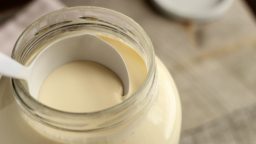
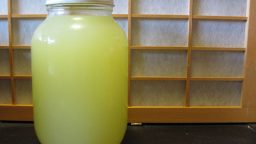
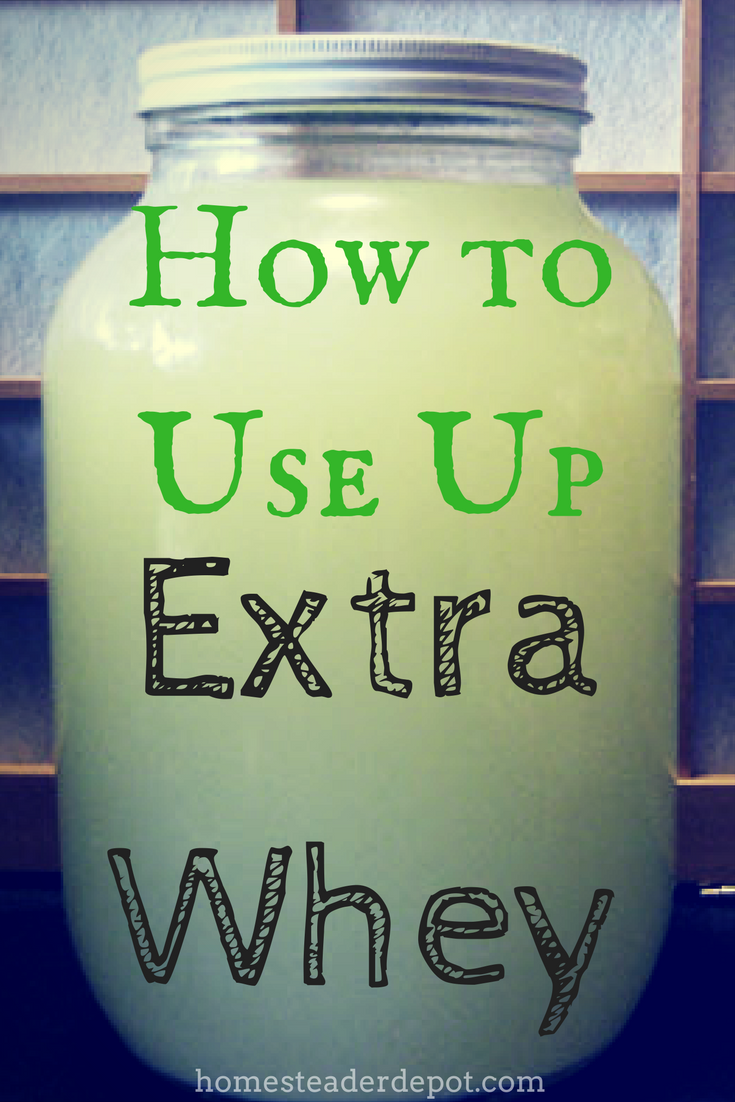




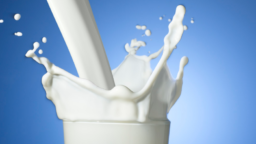
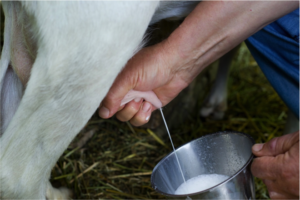 self-sustaining.
self-sustaining.